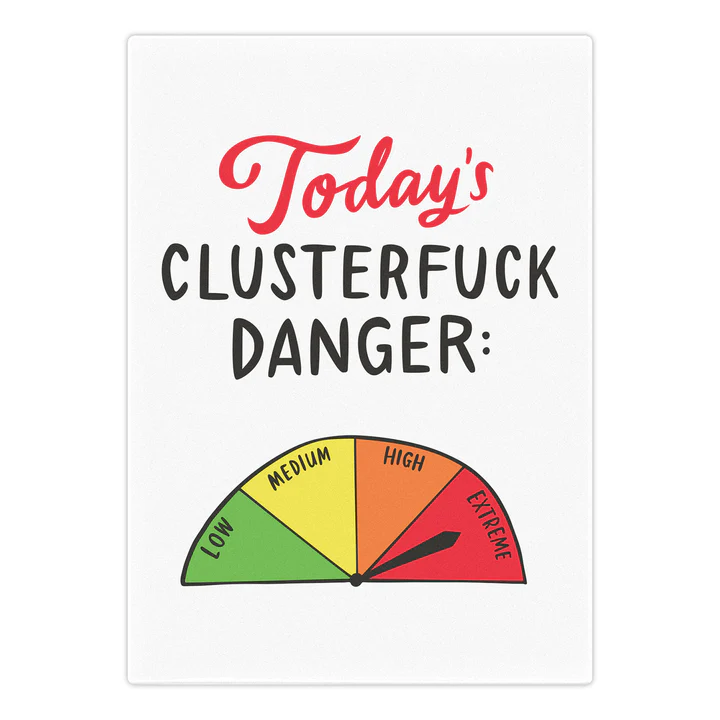Woke went too far, but that is not surprising, left and right politics either go moderate to get elected, or go radical if they feel daring. Society ends up with a balance between the two. The right sold off government assets (Reagan, Thatcher) which was extreme, and woke went too far:
- going light on crime like shoplifting
- letting children make gender decisions
- DEI
But let’s look at DEI for a moment. It is ultimately a decision to raise the earnings and potentials of peoples who are historically marginalised and suffered from racism, and to a degree still are today. The goal was equality.
DEI only did wrong in racist terms. While it is logical to say everyone should have equal chances, that is the equivalent of “all lives matter” which ignores that some people don’t start from the same place.
DEI has been shut down for targeting races. So, all they need to do is change the definition of who they help. This is not new. Want to smoke in a bar? Form a “cigar club”.
Woke 2.0 will simply refine the criteria. Instead of giving scholarships to Hispanics, you simply make them available to people who show a deep understanding of Hispanic culture. And then only award them to Hispanics. Very defensible, because we are talking about the opinions of academic admins, not something measurable.
I can envisage a DEI-esque scoring system.
First, get someone to write a paper proving that diversity in the workplace equals greater success and profits. Then come up with a multimodal scoring system that looks at 100 criteria, including such things as:
- economic background
- non-typical ethnic and cultural backgrounds – these are non-typical relative to the current school or workplace make-up, and not defined specifically
- non-typical gender and sexual orientation. Again, not specified. so if there are too many gays it will go the other way
- height, weight, hobbies, family structure, age, good preferences, IQ, EQ, etc etc
The idea is that the overwhelming factor is a mixing bowl of characteristics, but nothing on its own. That will rend it immune from any Supreme Court decisions. As long as it is backed by one piece of science. Schools and employers can use their own judgement around which studies they trust.
Common-sense will fix the transgender issues. Children under 18 won’t be able to get anything done physically, but they will get all the help, care and consideration possible.
And with crime, hopefully the US looks at typical sentencing in other advanced economies and learns. Too much or too little doesn’t work.
Black Lives Matter can be reignited with just one atrocity. So expect it to return. The only solution is that (hopefully) America standardises hiring and training across all of law enforcement and gets rid of the crazy idea of voting for DAs and sheriffs.

